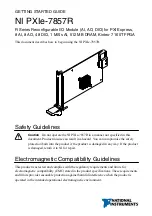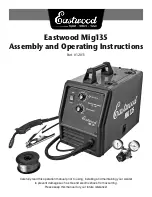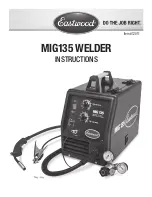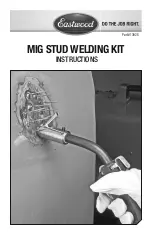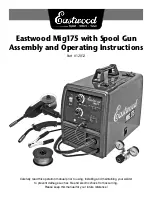
É estremamente importante posizionare il mezzo sul sollevatore in
modo da avere una corretta ripartizione dei pesi sui bracci (Fig.15)
Per la sicurezza delle persone e dei mezzi è importante che:
·
si rispetti la zona di rischio durante il sollevamento (Fig.13)
·
il motore sia spento,la marcia innestata ed il freno a mano tirato.
·
il veicolo sia posizionato in maniera corretta (Fig.15)
·
vengano sollevati soltanto i veicoli ammessi (fig.11-12) senza supe-
rare portata ed ingombri previsti.
Fig.15
Veicolo caricato correttamente
RISCHI IN FASE DI SOLLEVAMENTO DEL VEICOLO
Contro i sovraccarichi in peso e contro eventuali rotture sono stati adot-
tati i seguenti dispositivi di sicurezza:
·
in caso di sovraccarico sul motore interviene il relè termico nel qua-
dro elettrico.
·
in caso di sovraccarico del sollevatore interviene la valvola di massi-
ma pressione (rif.1 Fig.16).
·
nel caso dovesse verificarsi improvvisamente una grossa perdita nel
circuito idraulico (es.: rottura di un tubo), intervengono le valvole di
blocco poste nella parte inferiore dei cilindri (rif.1 Fig.17).
·
nel caso dovesse verificarsi la rottura e/o l’allentamento delle funi di
sincronismo interviene il sensore (rif.1 Fig. 17a) applicato sulla trave
superiore che azione il microinterruttore di sicurezza funi e sicurezza
salita (rif.2 Fig. 17a).
It is very important to position the vehicle on the lift so that the weight is
correctly distributed on the arms (fig.15). For persons and equipment
safety, it is important that:
·
people stay outside the danger zone while the vehicle raising (fig.13)
·
the engine is off, the clutch engaged and the parking brake pulled.
·
the vehicle is correctly positioned (fig.15)
·
only authorised vehicles (fig.11-12) are raised without exceeding the
rated capacity and overall dimensions.
Fig.15
Correctly loaded vehicle
RISKS WHILE THE VEHICLE IS BEING RAISED
The following safety devices have been installed to protect against
overweight conditions and equipment failure:
·
the thermal relay in the electric box will trip if the motor is
overloaded.
·
the maximum pressure valve (1, fig.16), located on the hydraulic oil
power unit, will trip if the lift is overloaded.
·
In case of a sudden, great leakage in the hydraulic circuit ( a broken
pipe), the blocking valves, at the bottom of each cylinder, will trip
(ref.1, fig.17).
·
In case of a sudden, synchronized cables loosening and/or breaking,
the sensor intervenes (ref.1 Fig. 17a) on the upper beam action the
microswitch safety cables and safety lift (ref.2 Fig. 17a).
26
2
1
1
Fig.15-Abb.15
Fig.17-Abb.17
Fig.16-Abb.16
Fig.17a-Abb.17a
Summary of Contents for 208I/7
Page 2: ......
Page 20: ...SCHEMI ELETTRICI TRIFASE WIRING DIAGRAMS SCHALTPLAN DREIPHASENSTROM Fig 9 Abb 9 18...
Page 83: ......
Page 84: ...COLONNE E TRAVE SUPERIORE POSTS AND UPPER BEAM...
Page 85: ...CARRELLI E BRACCI CARRIAGES AND ARMS...
Page 86: ...SICUREZZE SAFETY DEVICES...
Page 87: ...QUADRO DI COMANDO CONTROL BOX STEUERTAFEL TABLEAU DE COMMANDE PANEL DE MANDO...































